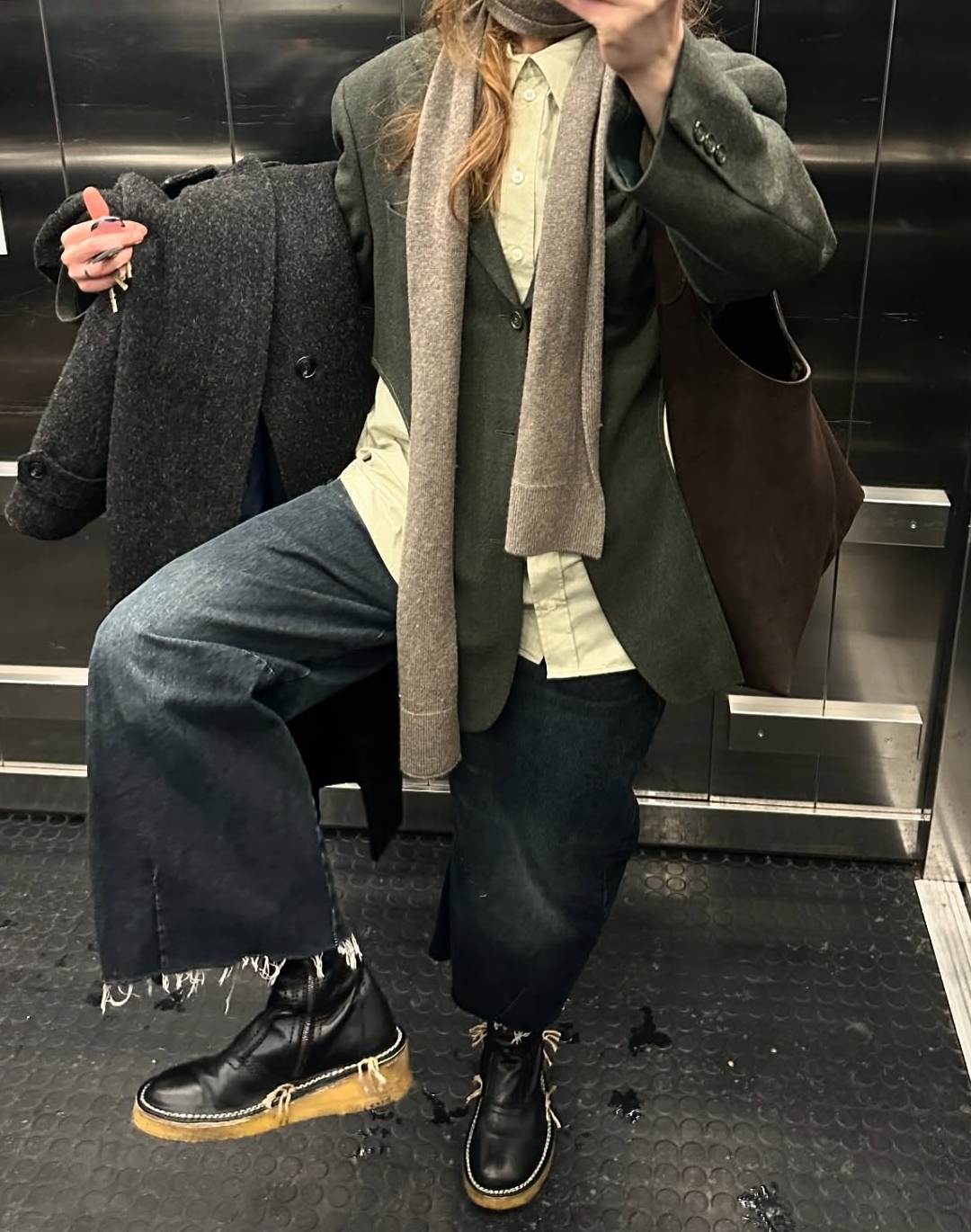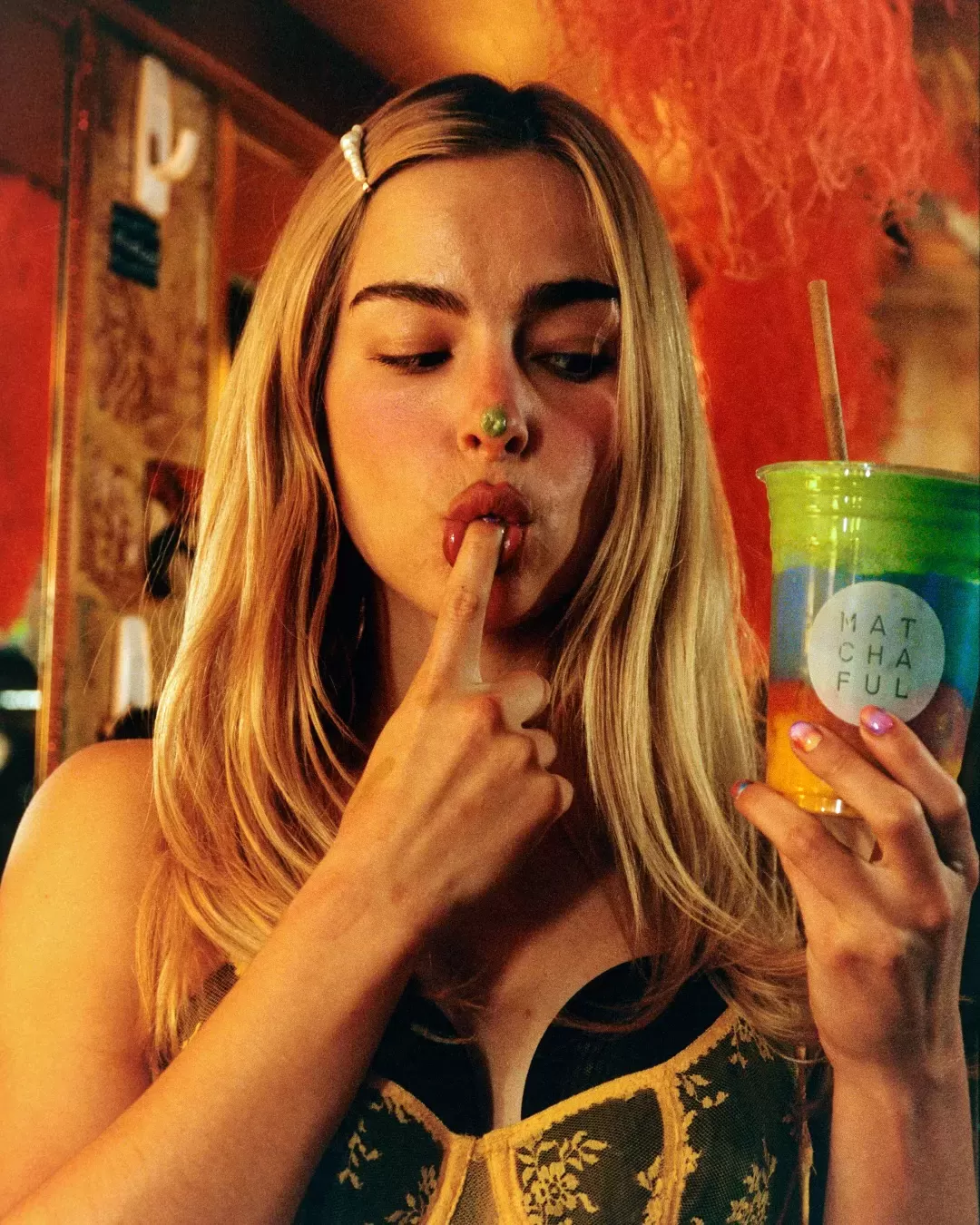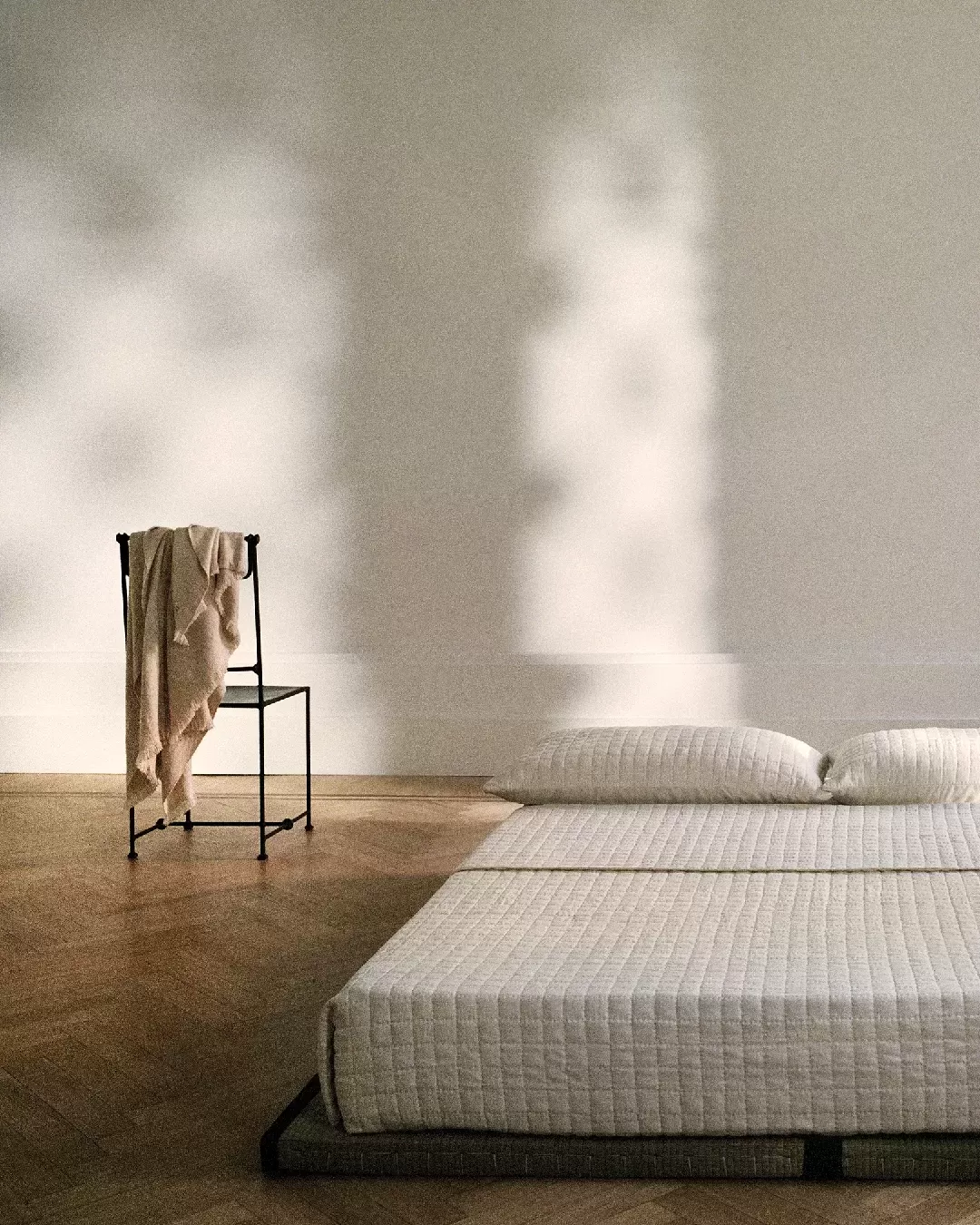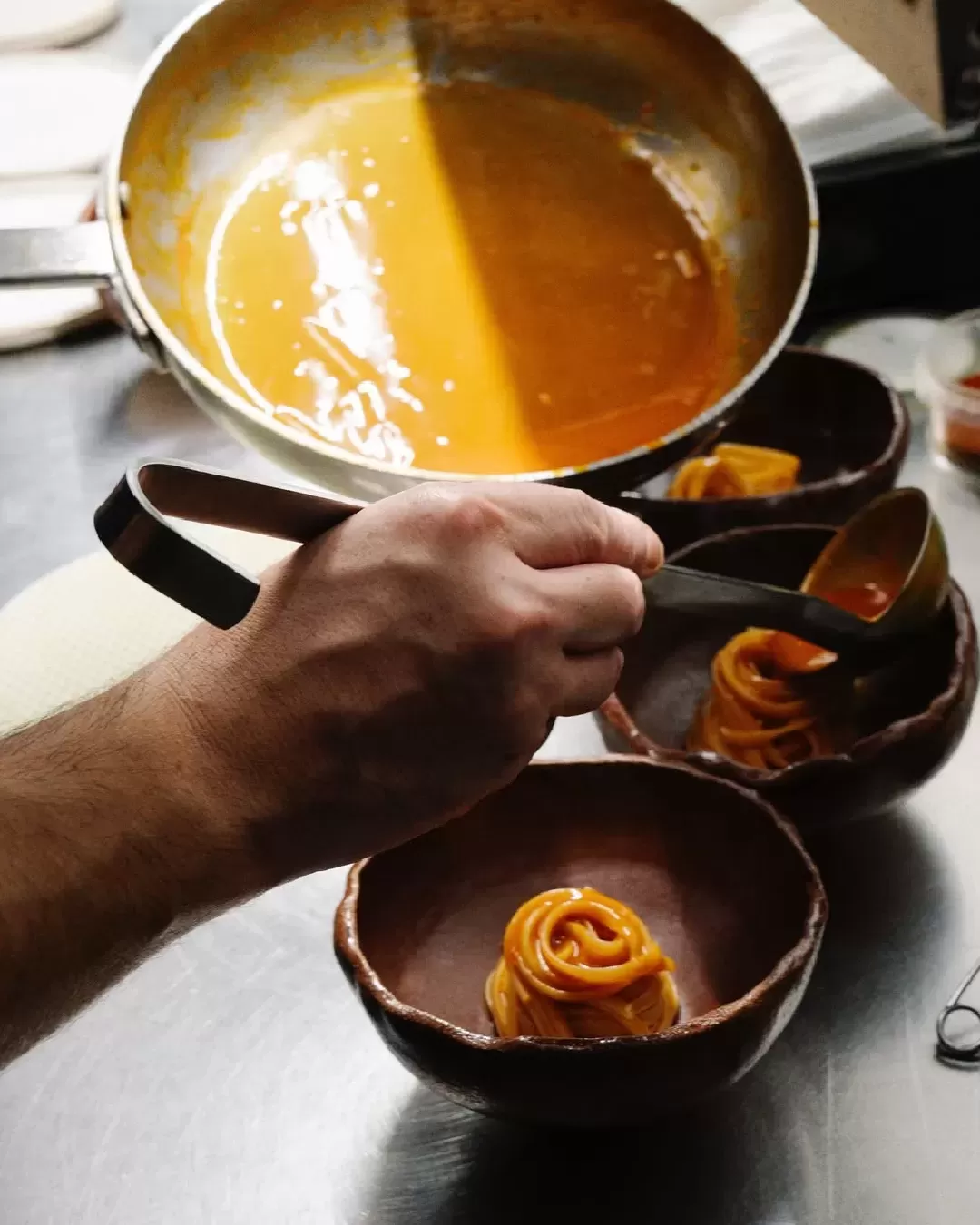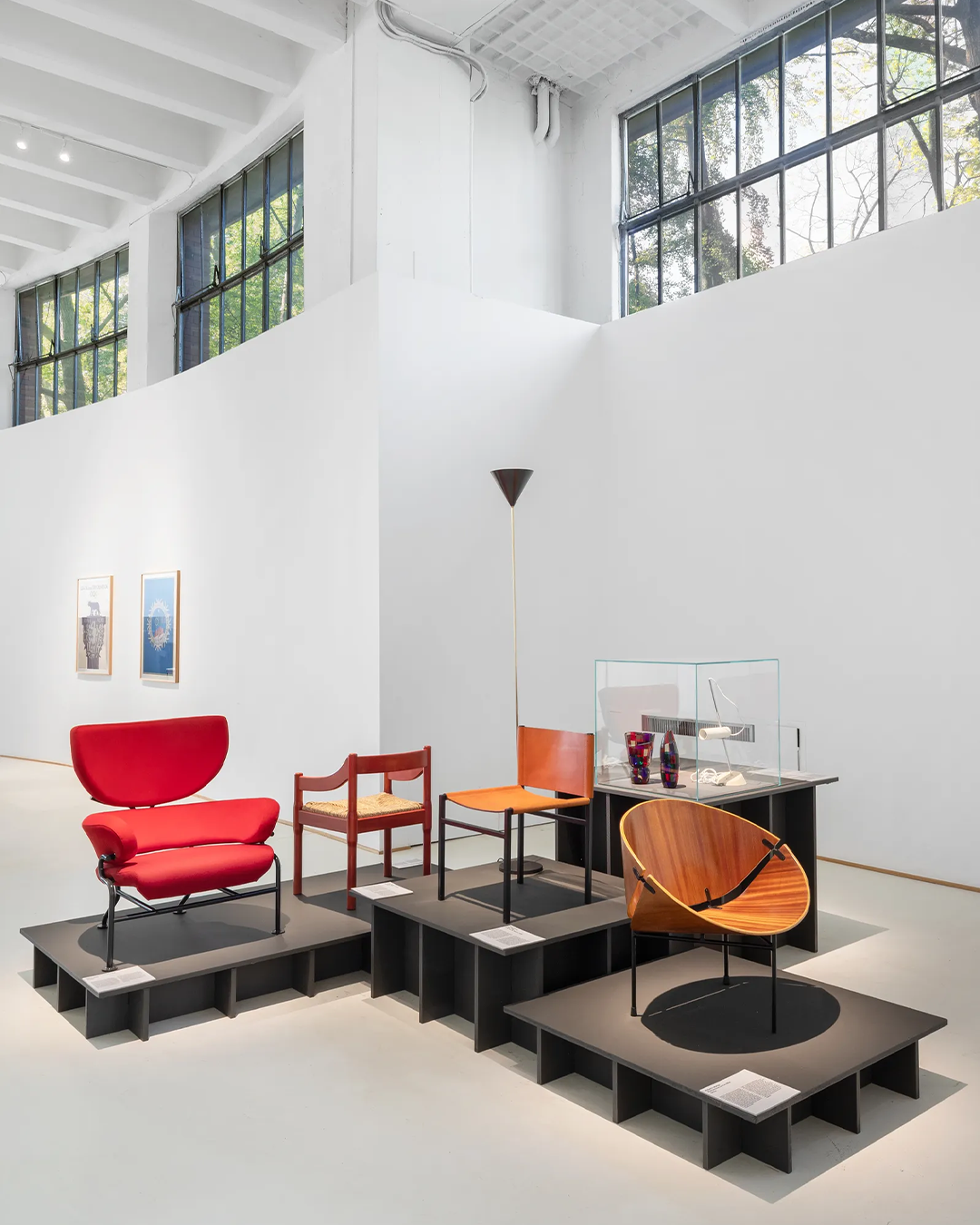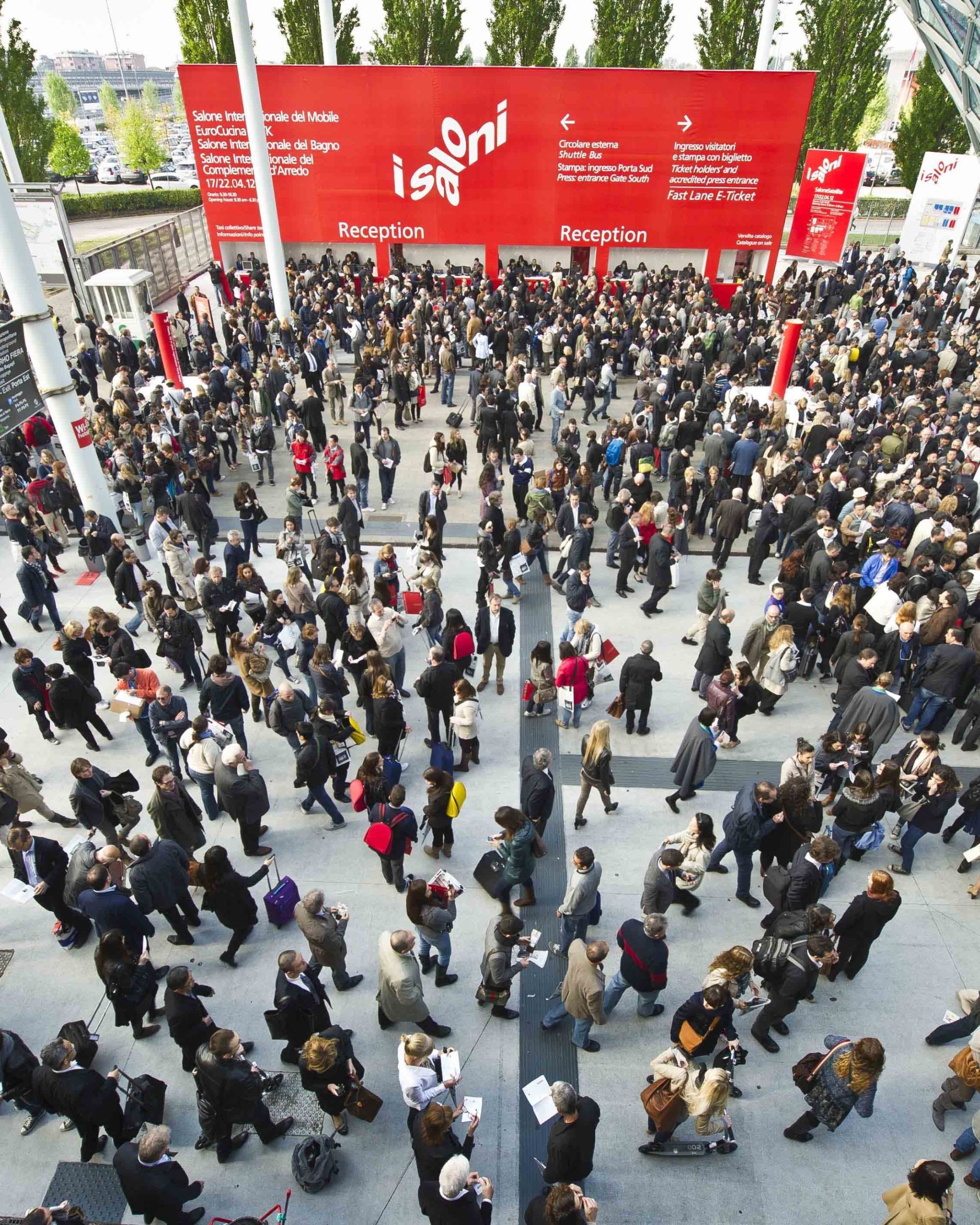
Will we be able to save ourselves from the FOMO of the Fuorisalone? This year it is not the furniture that everyone is thinking about
Just a few days before the start of the Fuorisalone (a false start, as various cocktail parties and press previews have already begun since Sunday), the word that young professionals and participants are repeating most often is “FOMO”. The term became popular during the pandemic as an acronym for “Fear of missing out,” which is the fear of missing something that becomes the driving force behind actions and activities not very strongly felt but joined due to a sort of social panic. Those driven by FOMO act while suffering, in one way or another, not enjoying themselves as much as they should, and generally responding more to a self-imposed sense of duty than to genuine interest. While the fashion week, with its closed doors and exclusive invitations, fuels this feeling among fashion insiders, it is the Design Week, open to all, that sparks discussion among the general public. However, when the social public discusses FOMO in reference to the Fuorisalone, it does so with a kind of disenchantment: while magazines and various publications suggest ways to combat it by indicating parties and events to attend after work, there is a collateral current of people who instead do not want to indulge it, expressing their disillusionment with the Fuorisalone itself. This certainly does not mean that the Design Week has ceased to be an exciting moment – on the contrary, it is the week when Milan is most alive, most open to the world, and rich in offerings. Nevertheless, it is undeniable that the desire of the general public to roam the Fuorisalone is increasingly coupled, especially this year, with a sense of impending fatigue: both towards the confusion and bustle reigning over the city and the agendas of its inhabitants; and towards the now inevitable and predictable social media contents made to prove that one is "there." But how are people responding to this feeling?
Questo mio equilibrio precario tra l'odio che ho per il #Fuorisalone che rappresenta in pieno tutto ciò che non sopporto più di questa città e il mio tuffarmi a capofitto per tutta la settimana tra serate, eventi, installazioni di cui non capisco una mazza
— alfonsoparty (@Alfons0Party) April 15, 2024
Faced with the anxiety to participate (or, as a user of X described it, the "rush to live") triggered by the Fuorisalone, some have opted, as mentioned, for the path of disillusionment: "They're just chairs and boxes," they seem to say, "there's no need to rush too much." This type of reaction actually indicates how the public, while deeply appreciating the various initiatives, especially the most spectacular or those aimed at mass entertainment, perceives that the true FOMO is that of the brands – including diverse entities like Amazon or food brands. The eagerness to participate of companies or producers even remotely related to design too often translates into disappointing installations, carried out like school assignments, simple and do-it-yourself like middle school art projects, in which, despite a grand presentation setup, there is surprisingly little to see: a collection of colorful plates, a pool full of plastic balls, a room wrapped in a tarpaulin, pieces of mirror hanging from wire, light-painting games worthy of the best Van Gogh Experience.
@margheritaceci_ Fatemi sapere la vostra! Per me cosi è too much. #fuorisalone2024 #designweek #milanodesignweek #fashionweek suono originale - Margherita Ceci
And since in no era like ours have the terms "artists," "creatives," and "immersive installations" become something incredibly nebulous, it is not difficult to feel a bit cynical towards some initiatives that not only offer little in concrete terms of experience but also have stretched connections to design. Nor is it unusual (and it has been for many years) to hear the classic complaint about the fundamental inconsistency of some exhibitions or creative collaborations that have no other reason to exist than the presence-seeking of a client clearly also affected by FOMO. The frenzied and frantic consumption that the public engages in at the exhibitions and installations of the Fuorisalone contributes to this double sense of FOMO on one hand and disillusionment on the other, which another user of X summed up with a striking phrase: "If you recognize it, it's a chair, if you don't recognize it, it's design." This points to the oscillation between unmotivated or simply banal proposals, which one can only acknowledge the existence of, and other proposals so conceptual or alien that, in the absence of a true critical mediation, are observed as mere oddities and quirks.
Spesso il male di vivere ho incontrato, e devo dire quasi sempre durante la settimana del Fuorisalone a Milano
— Davide Piacenza (@Davide) April 15, 2024
The Fuorisalone is essentially a representation of Milan: the price to pay for internationality is self-referentiality, the price for the almost too many things to do is the disappointing mass of uselessness, for the electric atmosphere in the city it's overcrowding, and the price to pay, finally, for the beauty of some experiences is the pretentious intellectualism of many projects motivated solely by vanity. It is not surprising, therefore, that for many, combating FOMO translates into avoiding omnivorous tours through every imaginable space or showroom, and simply going where there is time and inclination – or, as others do, reducing the Design Week to a kind of carnival where one can enjoy prosecco, attend mid-week parties, or go around for aperitifs without having to pay entry fees as is usually the case. And ultimately, it is precisely these contradictions that reflect the dynamism and variety of Milan – contradictions that aptly depict its nature as a "bubble" existing in a sort of world and culture of its own. To paraphrase Dickens, we could wisely and impartially define the Fuorisalone by saying: "It was the best of times, it was the worst of times."










































